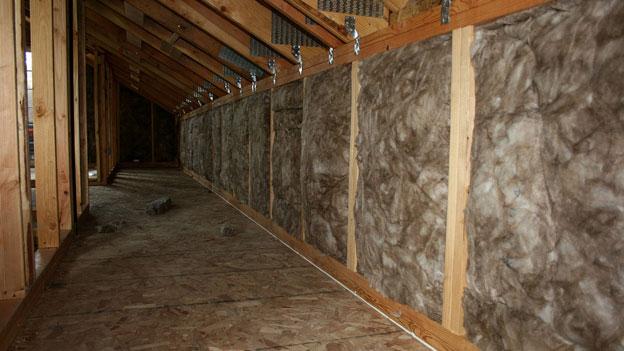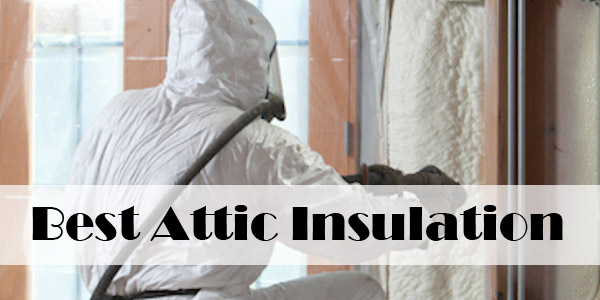Living in Arizona can be very demanding when it comes to energy use, especially during the extremely hot summer months. Running your AC unit constantly to keep your home comfortable and cool adds up and can lead to some pretty lofty power bills. Saving money can benefit everyone and the fact that becoming more energy efficient benefits the environment is a win-win for all. This blog entry is part 1 in a series of how to lower your energy use while maintaining the benefits of a comfortable home.
- Keep your power bills for records: Your energy bill is very detailed and offers you a plethora of beneficial information that can help you understand how much energy you use regularly as well as track the differences that occur from any changes you make. You will see how much electricity and gas you use over the course of the previous month and the year to date. You can file away your physical bills or save electronic records for future reference.
- Be open to changes in your lifestyle: Adjusting your energy use will inevitably involve making changes in your every day behaviors and habits. Keeping conscious about your energy use is going to be a lifestyle change in itself and that is only the mindset part. Actually putting new practices in motion will be new and unfamiliar at first, but once you adjust to your new way of living you will have a fatter wallet to accompany you.
These are important primer steps for the real changes that will be outlined next week in our next entry. Getting into the right mindset to make lifestyle changes is the most important step when it comes to making important changes stick. Come back next week and we will have more steps for you to take toward increased energy efficiency!

